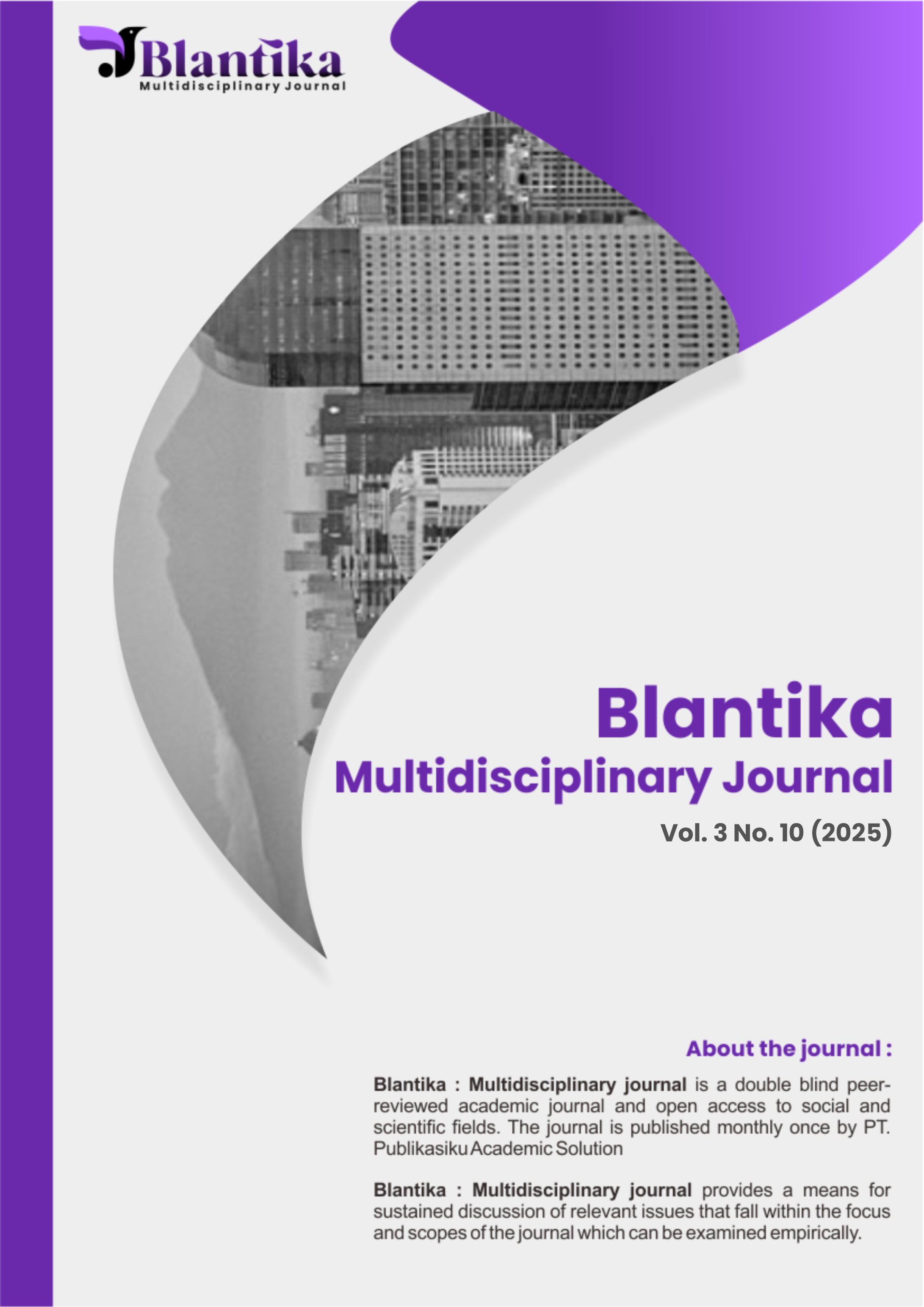Evaluasi Penggunaan Terapi Benzodiazepin Sebagai Faktor Risiko Jatuh Pada Pasien Geriatri Rawat Inap di Rsud Dr. Soedarso Kalimantan Barat
##plugin.KapindoTheme.article.main##
Falls are a health problem that is often experienced by the elderly. One of the risk factors for falls is the use of drugs such as benzodiazepines. Benzodiazepines are categorized as high-risk drugs (MFRS score = 3) because they have psychomotor, sedative and muscle relaxation effects. To examine the benzodiazepine class of drugs used by elderly patients by paying attention to action and drug dosage based on the 2022 Benzodiazepine and Z-Drug Safety Guideline. The aim of this study is to describe the percentage of elderly people who use short-acting and long-acting benzodiazepines and evaluate the dosage of benzodiazepine drugs used in accordance with guidelines. This research method uses an observational study type with a descriptive cross-sectional study design. Data collection is retrospective with manual medical record data. The results of the study showed that the percentage of benzodiazepine drug use was 83% of geriatric patients using alprazolam, clobazam 5%, clonazepam 3%, diazepam 3%, midazolam 3%, and a combination of alprazolam and diazepam therapy 3%. The most commonly prescribed drug class was short-acting benzodiazepines compared to long-acting benzodiazepines. The conclusion is that the use of short-acting and long-acting benzodiazepines can be a risk factor for falls in geriatrics. The risk of geriatric falls will increase if benzodiazepines are used in combination with other drugs such as FRM drugs. In this research, the benzodiazepine drug that is widely prescribed is alprazolam.


